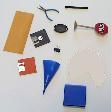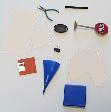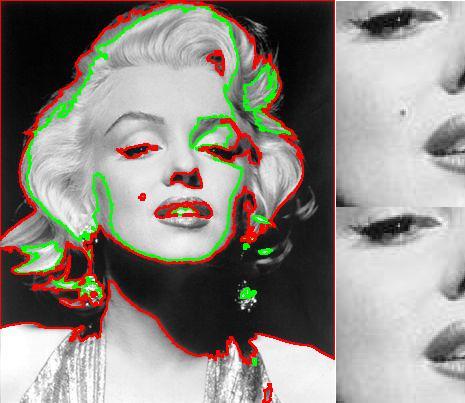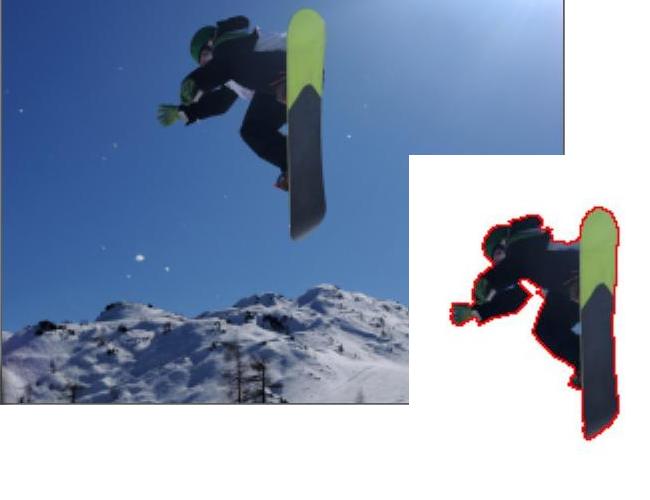This site is being phased out.
Pixcavator's image processing tools
Redirect to:
Contents
The list of tools
Pixcavator's image processing tools are located in the Tools tab. The image on the left is the original and the one on right will show the effects of these operations. You can enhance the original image before analyzing it or enhance the simplified image after analyzing it.
You can adjust the image’s Brightness, Contrast, Hue, and Saturation by using the sliders on the left. This may enhance the image.
On the right, there is a drop down menu for Filters and effects.
The most important tools for image analysis are at the top – Basic tools.
- Erosion thins dark areas and Dilation thickens them. These may improve the accuracy of analysis by eliminating scratches and other imperfections.
- Preprocessing combines dilation and erosion. However, an image enhanced in this way may appear to be blurred.
- Auto-contrast (aka histogram equalization) may help to make low contrast features stand out.
- To Crop the image you should outline a rectangle within the image window on the right with your mouse as you hold the Ctrl key.
- To see the effect of image simplification use Subtract. It will show the difference between the original and updated images.
- If you want all light objects counted including those adjacent to the border of the image, press Add border.
Other:
- Edge detector is a standard image analysis tool. It finds the regions in the image where colors vary the most, such as a shift from dark to light.
- Blur and Median filter will make the image look smooth.
- Noise and Dust and scratches (and Blur in some sense) are the filters that add imperfections to the image. They simulate real life effects and can be used to test the robustness of image analysis.
The rest of the items in this menu add artistic effects to the image.
- Crackle,
- Duotone,
- Dust and scratches
etc.
Examples
Enhance image: Go to the Tools tab. You can adjust Brightness and Contrast by using sliders on the left. On the right, there are some Filters.

Cleaning
Automatic simplification also reduces noise. Here, noise was added to "Lena", then the image was cleaned.

Simplification
The following picture shows how Pixcavator can remove minor features from the image. On the right, we removed the brickwork.

Object removal
Manual simplification often leads to disappearance of objects.



Spot cleaning
Once the mole has been found, it is removed with a single click. The rest of the image is unaffected.

Background removal
The objects found by Pixcavator can be isolated from the rest of the picture.

Watercolor
One of the Pixcavator's features is to produce wonderful watercolor pictures out of digital images. You can turn your favorite photographs into watercolors, as we did. With Pixcavator, it takes less than a minute. You may also want to try the online version at ">DigitallyPainted.com.
